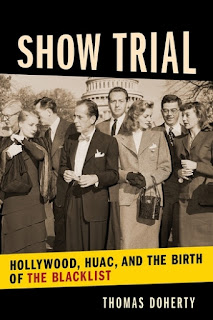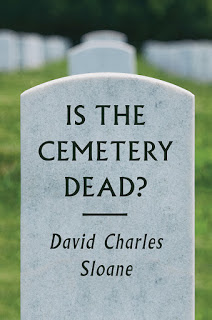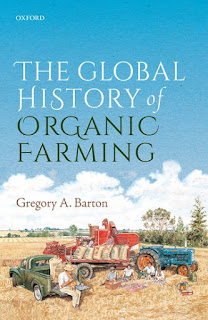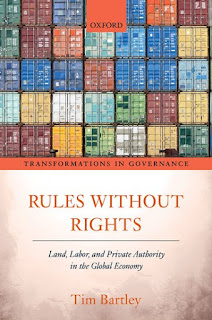 history, including Facing the Nazi Past and The Buchenwald Child.
history, including Facing the Nazi Past and The Buchenwald Child.Niven applied the “Page 99 Test” to his new book, Hitler and Film: The Führer's Hidden Passion, and reported the following:
I approached page 99 of my book on Hitler and the Nazi film industry with uncertainty: would I find here a statement that encapsulates the book? The answer was positive.Learn more about Hitler and Film at the Yale University Press website.
My book sets out to argue that Hitler’s appreciation for film, and his influence on film during the Third Reich, were far greater than commonly assumed. He watched films night after night at his mountain residence in Bavaria – even films with Jewish actors and directors, which didn’t seem to spoil his enjoyment. From surviving archive material, I was able to work out what Hitler watched, and when.
Hitler intervened regularly in the film industry, banning films, and meddling with their production. Well known is his commissioning of films of the Nazi Party Rallies: Leni Riefenstahl obliged as his chosen director. My book explores less well-known Hitler commissions, for instance of a film about sterilising the disabled (Victims of the Past, 1937), or about the Spanish Civil War (In Battle against the World Enemy, 1938). Hitler was also involved in the gestation of the notorious anti-Semitic Nazi “documentary” The Eternal Jew (1940), and the anti-Semitic feature film Jud Süβ evolved in line with his policies.
During the war, Hitler had less time for film, but still took a keen interest in documentary film – particularly where it depicted the achievements of the German army. And, at least until 1944, he personally watched and vetted every newsreel. But as it became clear the war was likely to be lost, and as his failing health became harder and harder to conceal, he withdrew from the newsreels, much to the dismay of German cinemagoers, who complained about his absence. They had become used to their weekly visual “fix” in the form of images of the Führer, whose features they would scrutinise for indications of the way the war was going.
On page 99, I talk about another facet of Hitler’s interest in film: his attendance of film premieres:
Despite the relative failure of Nazism to produce persuasive feature films about its political struggles during the Weimar Republic, Hitler’s attendance of the premieres of Storm Trooper Brand and Hitler Youth Quex surely achieved its aim. Self-sacrifice for the cause was a quality Hitler wished to encourage through his presence; he wanted a nation, after all, that would go to the utmost for his political goals, and not question their value in the process.This does indeed sum up the basic message of the book: Hitler’s interest in the Nazi film industry was motivated by his sense that film had a propagandistic persuasive power that would help to bring German audiences into line. He was just as aware of this as Goebbels. Goebbels may have been the “film minister”, but he was Hitler’s film minister.
--Marshal Zeringue






















